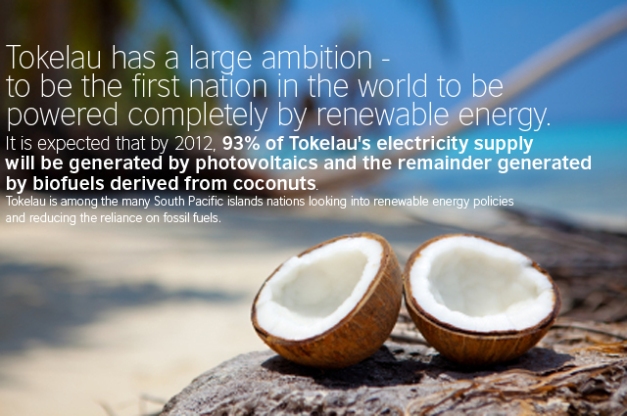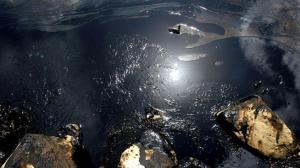Scientists say that tuna swimming in the Gulf of Mexico during the Deepwater Horizon oil spill may have experienced heart damage.
Lab research has demonstrated how crude oil chemicals can disrupt heart function in the fish. The study, published in Science magazine, is part of the ongoing work to try to understand the impacts of the disaster.
The gulf is an important spawning ground for bluefin and yellowfin tuna. Tracking studies have indicated that many of these fish would have been in the area during the 2010 disaster.

Scientists have long known that certain chemicals in crude oil – such as polyaromatic hydrocarbons (PAHs) – can be harmful to the hearts of embryonic and developing fish. These molecules, which have distinct ring-like structures, cause a slowing of the heart, irregularities in rhythm and even cardiac arrest at high exposures.
Pathways blocked
Earlier studies never explained the precise mechanisms involved. Now, scientists from Stanford University and the National Oceanic and Atmospheric Administration (NOAA) think they have some answers. Working on tuna heart tissues in the lab, they have detailed how PAHs can block important cellular pathways. These are pathways where potassium and calcium ions move in and out of cells. Their ability to do so quickly is vital to the proper functioning of those heart cells.
“What we found was that oil blocked key processes in the cardiac cells involved with linking excitation to contraction, which means that beat to beat, we slowed the heart cells down and we also decreased their contractility,” Barbara Block, a professor of marine sciences at Stanford.
Human implications?
Because the mechanisms involved operate in the same way in the hearts of all vertebrates, it is highly likely, the team says, that other animals swimming in waters around the crippled rig would have been exposed to similar cardiac risks. And the questions also reach across to human health – because vehicle engines put PAHs into the air in our cities.

“Impressively, the cardiac excitation-contraction coupling pathways are the most conserved pathways in all of animals. It means that the same ion channels present in tuna to make its heart beat are present in humans. So we’re interested in the impact of oil petroleum products on our own excitation-contraction coupling, and we’re interested in linking air pollution, for example – a place where petroleum products are often found, volatiles from our exhausts – to the problems of cardiac morbidity that are seen across the planet on a very smoggy day,” said Prof Block.
Another great Green article from Green Halo
Track your recycling at www.greenhalosystems.com
Follow Green Halo on Twitter at http://twitter.com/greenhalousa









